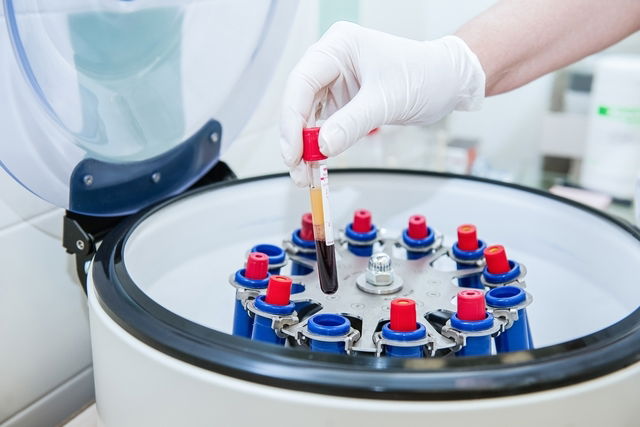An ASO titer, or the Antistreptolysin O titer) aims to identify the presence of a toxin released by Streptococcus pyogenes bacteria called streptolysin O. This toxin is normally associated with cases of pharyngitis, rheumatic fever and glomerulonephritis.
An ASO titer can be detected 1 to 3 weeks after infection with the bacteria, so it is one of the main tests for diagnosing Streptococcus pyogenes, or Strep A, infections, especially in cases with frequent throat soreness that take a long time to heal. Read more about Strep A infections and how they present.
When this bacteria is not identified and treated correctly, there is the possibility of developing complications and other symptoms such as shortness of breath, chest pain or pain and swelling in the joints. It is essential to consult a general practitioner or infectious disease specialist if you experience respiratory infection symptoms, so that treatment can be started.

What is it for
An ASO titer serves to identify the presence of a toxin produced by Strep A bacteria. This test is normally ordered when the person presents with recurrent symptoms of pharyngitis, such as:
- Redness in the throat
- Swelling in the throat
- Difficulty swallowing
- General malaise
- Fever
Furthermore, this test may be ordered to monitor high levels of antistreptolysin O that do not present with any symptoms. High levels may be a sign that the bacteria has managed to spread through the blood and reach other organs. This is associated with a greater risk for developing glomerulonephritis, scarlet fever or rheumatic fever, which can present with shortness of breath, pain and swelling in the joints and red spots on the skin.
How the test is done
An ASO titer is usually done after fasting 4 to 8 hours, as per the lab's instructions. A blood specimen is collected for analysis at the lab It is important to notify the technician at the time of the test whether you are taking any medication, such as antibiotics, corticosteroids or immunosuppressants, as these may interfere with the test results.
In some cases, when throat symptoms are present, the doctor may also order a throat swab to determine the infectious agent causing soreness.
If Strep A bacteria is confirmed, antibiotic sensitivity testing may also be performed to determine which antibiotic is best to treat the bacteria.
What results mean
Normal ASO titer levels a may vary according to the age of the patient and the laboratory's reference ranges, however ASO is considered to be normal when less than 200 IU/mL in adults, and less than 150 IU/mL in children.
Positive results, when ASO titers are above the normal ranges, the doctor may order repeat testing after 10 to 15 days to check whether the levels of this antibody in the blood are constant or decrease over time.
Positive ASO test
Although positive results typically indicate a Strep A infection, not all people will develop symptoms of rheumatic fever, glomerulonephritis or tonsillitis. These patients should be monitored by a doctor and carry-out periodic blood tests and cardiac check-ups.
Furthermore, there are some situations that can lead to an increase in this antibody without necessarily being related to a Strep A infection, such as viral hepatitis, tuberculosis and sample contamination. Therefore, further testing may be needed to confirm a diagnosis.
